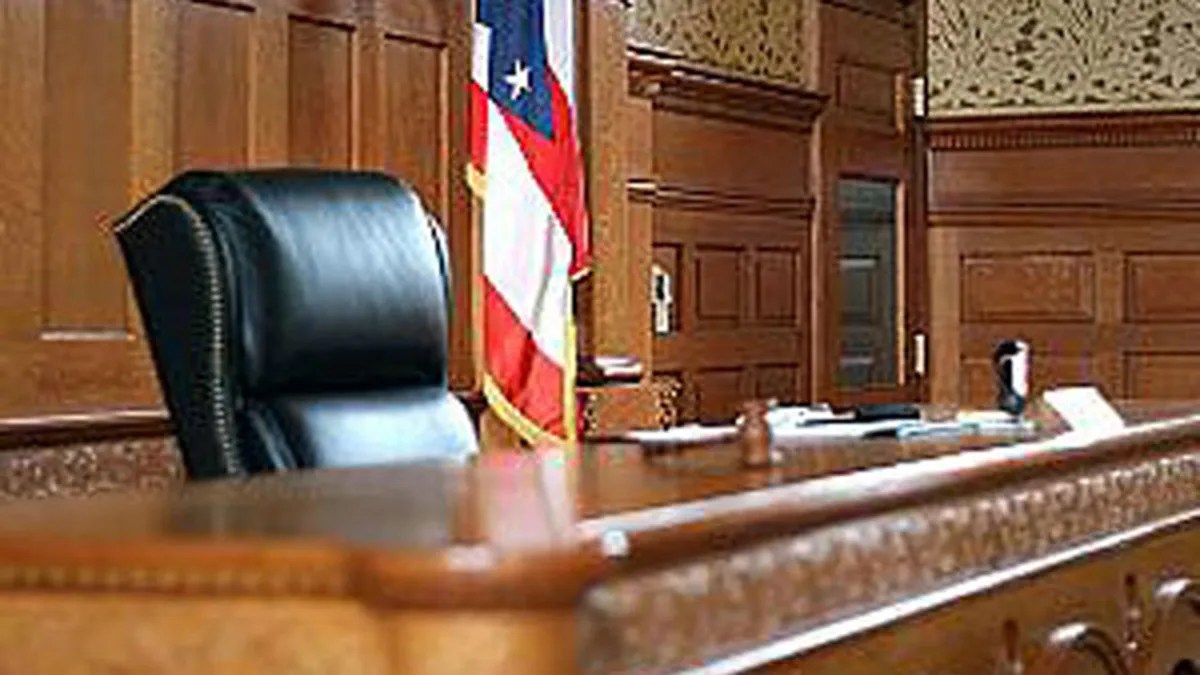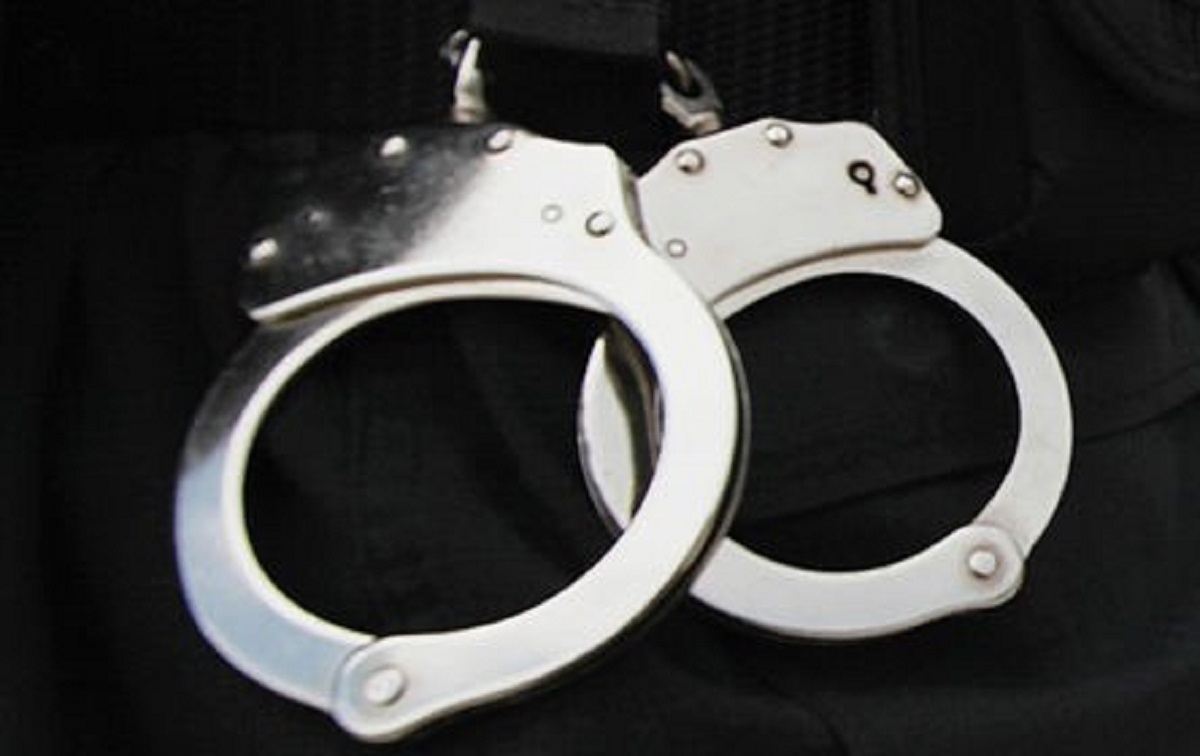What to Know
- MTA Chairman Joe Lhota said the subway system needs to be fixed then modernized as he announced a $836 million plan to overhaul the subways
- Lhota said more people and resources are needed, and that record ridership, aging infrastructure and a lack of investment are to blame
- Mayor de Blasio said it was a promising first step in fixing a subway system that has been "hurting the everyday life of New Yorkers"
MTA Chairman Joe Lhota has announced an immediate $836 million subway stabilization plan that will include sweeping repairs and cleaning of subway trains and stations, added personnel and longer trains, more countdown clocks and clearer service updates, all within the next year.
"The subway system is no doubt in distress and we're here for solutions," Lhota said at the MTA headquarters Tuesday as he unveiled the plan.
Stabilizing the problem-plagued subway will be Phase One of the overall plan. Phase Two will be modernizing it -- "get it out of the late 19th century and get it into the 21st century quickly," according to Lhota. That phase will cost about $8 billion, Lhota estimates, but raising fares will not be an option, he said.
In the first phase, which Lhota hopes to get done within a year, the MTA will be taking several steps to enhance signal and track maintenance, improve reliability, improve safety and cleanliness, enhance communication and launch a new management group.
The steps include:
- Creating new dedicated teams to execute an expedited repair program to fix 1,300 of the most problematic signals by the end of 2018
- Clearing water from the underground tracks and systems, clearing debris and sweeping stations through dozens of specialized teams at targeted "hot spots."
- Tripling the installation rate of continous welded rail and increasing track welding capacity; adding 50,000 new friction pads to increase resiliency of the rail and reduce incidents impacting service
- Expediting a range of track, power and signal repairs, and cutting down response time from 45 minutes to 15 minutes by tripling the number of MTA Combined Action Teams
- Expanding major overhaul capacity of cars, and prioritizing the inspection and repair of car doors, which cause 40 percent of breakdowns. (Lhota imploreed riders: "Don't lean against the doors, don't bang the doors and don't hold the doors open -- these are the things that impact the integrity of the doors and cause enormous amount of delays in the system."
- Adding an additional shift to emergency subway car response so that repair and maintenance shops at 12 locations will effectively be running 24/7
- Adding cars to trains on C line, where platforms can accommodate longer trains; each car will be able to hold 145 more riders. (Most of the other lines are already operating with as many cars as the platform can accommodate.)
- Launching a pilot program on the S line (the Times Square shuttle) and the L line -- where crowding has "just been extraordinary" -- to remove seats from select cars so that they're standing-only cars; this will increase passenger capacity by 25 riders per car
- Working with NYPD to deter illegal activity on the subway, including harassment, loitering, panhandling and littering. "Littering on the subway tracks is not only illegal, it's also a major nuisance and contributes to 700 fire-related delays every year," Lhota said. "We're launching an aggressive public campaign to eduate customers on the consequence of littering."
- Adding dedicated EMTs to more stations so that train delays aren't as lengthy when a passenger gets sick
- Tripling the amount of heavy-duty cleaning at stations, and launching a program to deep clean, repaint, repair tile and service elevators and escalators at priority stations
- Overhauling communication protocols to provide clearer, more timely information to riders during incidents; launching a new integrated MTA app; adding signage and training employees to improve communication of service changes
Local
- Accelerating completion of systemwide countdown clocks
- Rebuilding management and operations organizations; bringing together key decision makers to monitor incidents in real time and more rapidly dispatch resources
DETERIORATING SUBWAY 'WHOLLY UNACCEPTABLE'
Cuomo has said the state of the subway system is "wholly unacceptable," citing decades of underinvestment, deferred maintenance and surging ridership. He's said he expects the MTA, under Lhota's leadership, to "address the fundamental issues plaguing the transit system and overhaul the organizational structure of the MTA."
The number of subway delays has tripled in the past five years, to 70,000 per month, according to a report last month. About 5.7 million people ride the subway on an average weekday.
In just the month since Lhota was appointed MTA chairman, the subway has been mired in a series of near-daily debacles: there have been derailments (one in Harlem on June 27 injured 34 people, and a minor one in Brooklyn on July 21 disrupted subway service on multiple lines all day); track fires, including one that crippled service and stranded thousands during the height of the morning rush hour on July 17; and constant switch and signal problems.
Subway riders have gotten so fed up they've rallied in front of Cuomo's office to demand changes, and have held rogue news conferences to declare how unsafe they feel on the train and ask for train evacuation protocols.
CITY VS. STATE: WHO PAYS MORE FOR SUBWAY REPAIRS?
Meanwhile, the contentious squabbling between Cuomo and Mayor Bill de Blasio on management of the crisis boiled over again last week, mostly on whether the city or state governments should be paying more.
The current five-year MTA capital plan, which covers upkeep for the subways, the Long Island Rail Road and Metro-North, plus other pieces of the transit system, is about $29 billion. The city has pledged $2.5 billion and the state $8.3 billion, plus Cuomo recently pledged an additional $1 billion.
"The state has put in more money than ever before in the history of the state, and it's the city's legal obligation to be funding it, even though we stepped in on a moral level," Cuomo told reporters last Thursday.
His statements prompted a fast rebuke from the mayor's office.
"New Yorkers need serious leadership at a time like this," city spokesman Austin Finan said. "The city's unprecedented $2.5 billion commitment in the state-run MTA capital plan is far in excess of any legal obligation. Let's stop the diversions and obfuscation and start spending the resources the MTA has on the repairs and maintenance that will keep New Yorkers moving."
Their debate prompted a history lesson by Lhota last Thursday on how the messy ownership structure came to be. He said a 1981 law was meant to help the city during a major financial crisis, when it could not pay capital costs and the subways were in much worse shape than they are now. The state picked up the tab, but it was never meant to be permanent, he said.
He said the city now has a surplus of about $4 billion, and he's going to submit an emergency plan to deal with the crisis. And he expects the city to chip in.
That prompted another war of words with de Blasio, who insisted Sunday, "The state is responsible for the MTA, period -- for the expense budget, for the capital budget, for the whole thing."
In a news conference from the City Hall subway station on Tuesday evening, de Blasio — who has been critical of the MTA, saying it allowed the subway system to disintegrate — sounded cautiously optimistic about Lhota's plan, and once again reiterated that the state, not the city, is responsible for the transit agency.
"I was encouraged by Chairman Joe Lhota's announcement today. We have to be clear that it's up to the MTA to ride the ship. I emphasize always — the State of New York controls the MTA," the mayor said.
"Chairman Lhota was honest today that the MTA has not been effective about spending the money it has," de Blasio said, adding that only $75 million of $2.5 billion in capital funding provided to the agency by the city has been spent.
Calling Lhota's plan "an important first step" in the subway "crisis," de Blasio said the city can work with the MTA as it puts the plan into action, including using the NYPD for enforcement, the FDNY for emergencies, and the Dept. of Homeless Services to deal with challenges posed by homeless people in the subways.
Lhota responded to de Blasio, saying in a statement it's "befuddling that the Mayor praised the MTA repair plan," but won't agree to fund it 50-50 with the state. "One half of a repair plan won't make the trains run on time," Lhota said.
Lhota said de Blasio is "putting up smoke screens" in his quarrel with New York State over MTA's funding. "The City has underfunded the MTA for years while the State has provided record funding levels to $5 billion this year," he said, adding that the mayor should "stop diminishing his responsibility so we can move forward."
The mayor also proposed a CompStat-type database for the MTA, so that the agency is more transparent. The NYPD's CompStat database documents crime in the city. De Blasio said, the city need "something that's available online, so New Yorkers can see if improvements are being made."
Responding to Lhota, John Raskin, the executive director of Riders Alliance, said in a statement, "This plan will bring the first breath of relief for beleagured transit riders," but questioned if the money was available to make it happen. Raskin said Gov. Cuomo needs to "match this near-term effort with a credible long-term plan and a reliable revenue source for public transit, or we'll be right back in emergency mode next year."
Raskin said the governor should release a long-term plan to upgrade MTA equipment, modernize the 80-year-old signal system and replace antiquated subway cars more quickly. "MTA underfunding has accumulated over decades and it can't be solved in one year," he said.
The subway system dates back to 1904. It operates 8,000 trains daily over 655 miles of track; there are more than 1,600 mainline switches and 13,000 signals that control train movements.
The subway problems aren't even technically part of Cuomo's aptly named "summer of hell," which refers instead to summer-long track work and corresponding schedule cutbacks for commuter trains at Penn Station. So far, that hell hasn't materialized, and both Cuomo and Amtrak officials have said the work to replace aging equipment and track at the nation's busiest train station is going well. But within the five boroughs, riders haven't been so lucky.
"It's so bad I leave to get to work at least 45 minutes earlier," one commuter said.
"It's ridiculous. It's overcrowded on the platforms, so it's overcrowded on the trains," another commuter said.



